Butternut Canker
Most of our butternuts are dead or dying, stricken by a fungal disease called butternut canker.
When our majestic elms were devastated by Dutch elm disease in the mid twentieth century people took notice. People mourned the passing of these iconic trees.
Other tree species, like butternut, disappear without much notice. Most of our butternuts are dead or dying, stricken by a fungal disease called butternut canker. The disease spreads among the water transport system of the inner bark and then erupts through the bark to create wounds that weep sooty fungal spores.
Butternut occurs throughout the Headwaters but nowhere is it especially abundant. A few locations to look for it include Mansfield Outdoor Centre, Ken Whillans Resource Management Area and Mono Cliffs Provincial Park. Several butternuts grow along the Bruce Trail just north of Grange Sideroad.
Owing to the relative scarcity of butternut in our woodlands, many people are unaware of its presence. It can be identified by the flat topped ridges of its bark.
In the growing season look for large compound leaves made up of 11 to 17 leaflets. The terminal (end) leaflet is the same size of the other leaflets. This distinguishes butternut from the closely related black walnut which has a small or non-existent terminal leaflet.
Also separating butternut from walnut are its oblong nuts. Walnut has nuts that are roughly spherical.
If you have healthy butternuts on your property, or butternuts that continue to grow vigorously despite showing evidence of the canker, the Forest Gene Conservation Association would like to know about them. See the contact information below.
The hope is that canker resistant butternut trees can be found, propagated and distributed to landowners. If this project is successful the butternut can continue its relatively anonymous, but important, contribution to our biodiversity.
Forest Gene Conservation Association
Suite 233, 266 Charlotte St.
Peterborough, Ontario
K9J 2V4
Tel.: (705) 755-3284
Fax.: (705) 755-3292
E-mail: [email protected]
Related Stories
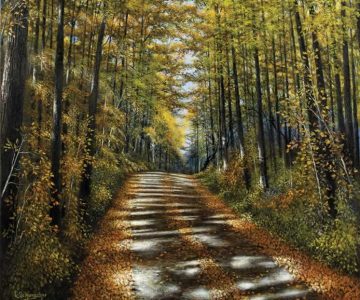
Meetings with Remarkable Trees
Sep 9, 2011 | | EnvironmentWe revel in their beauty, relax in their shade and are calmed by the soothing sound of their leaves soughing in the wind.

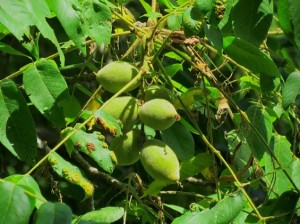
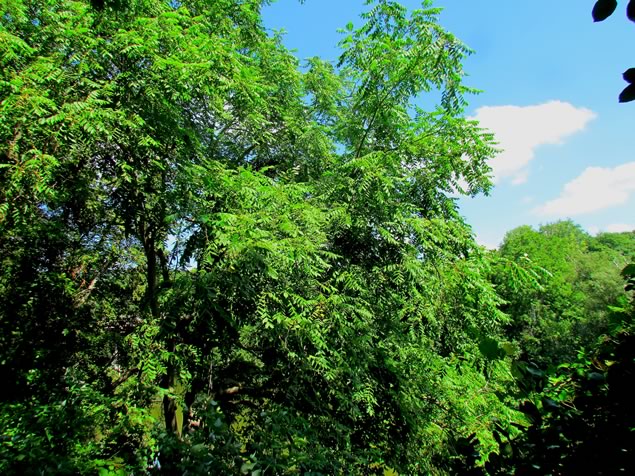
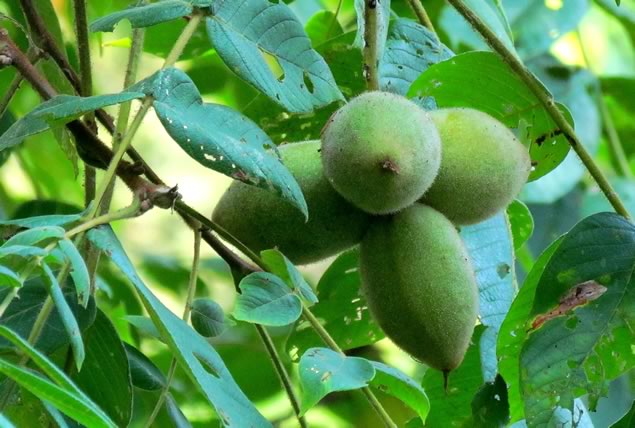
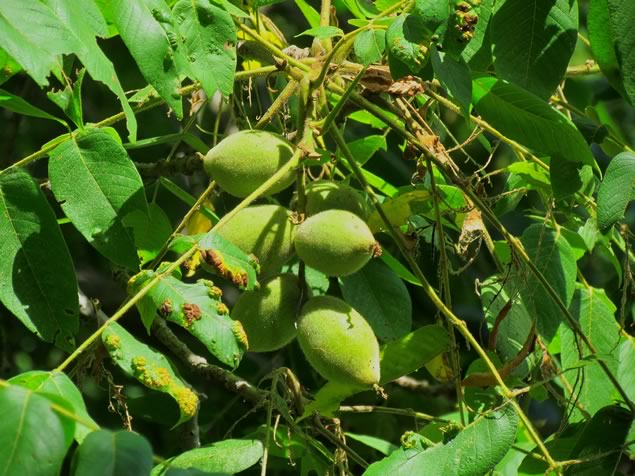
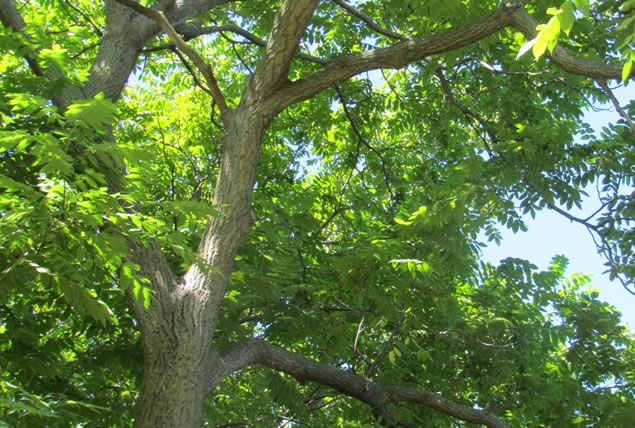
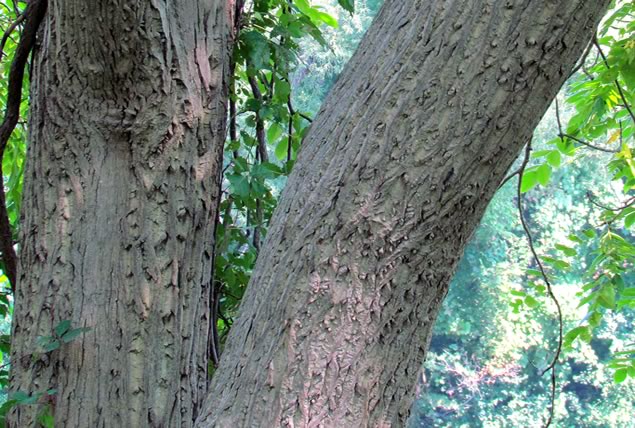
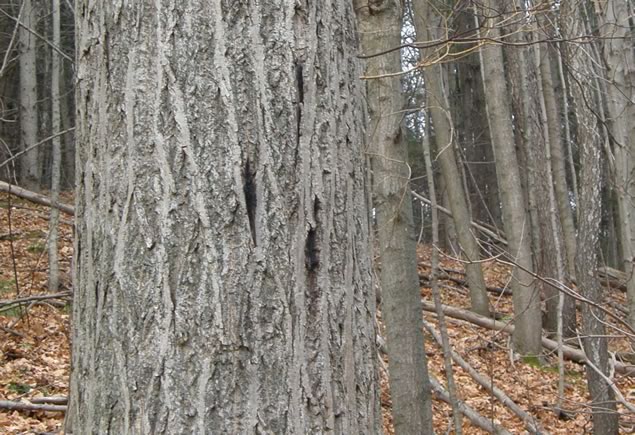
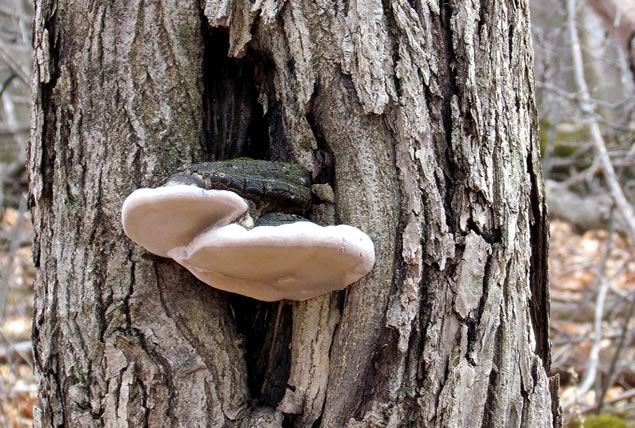
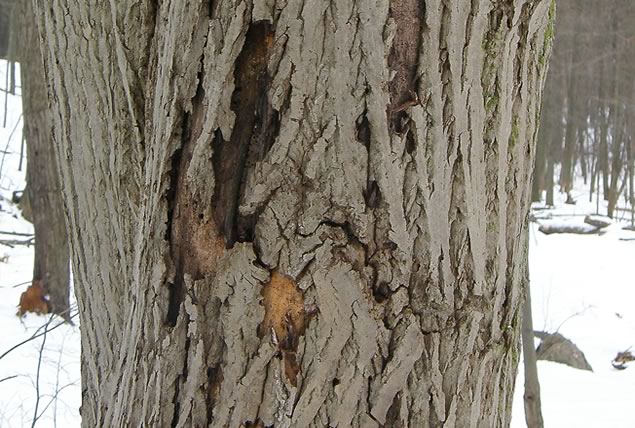
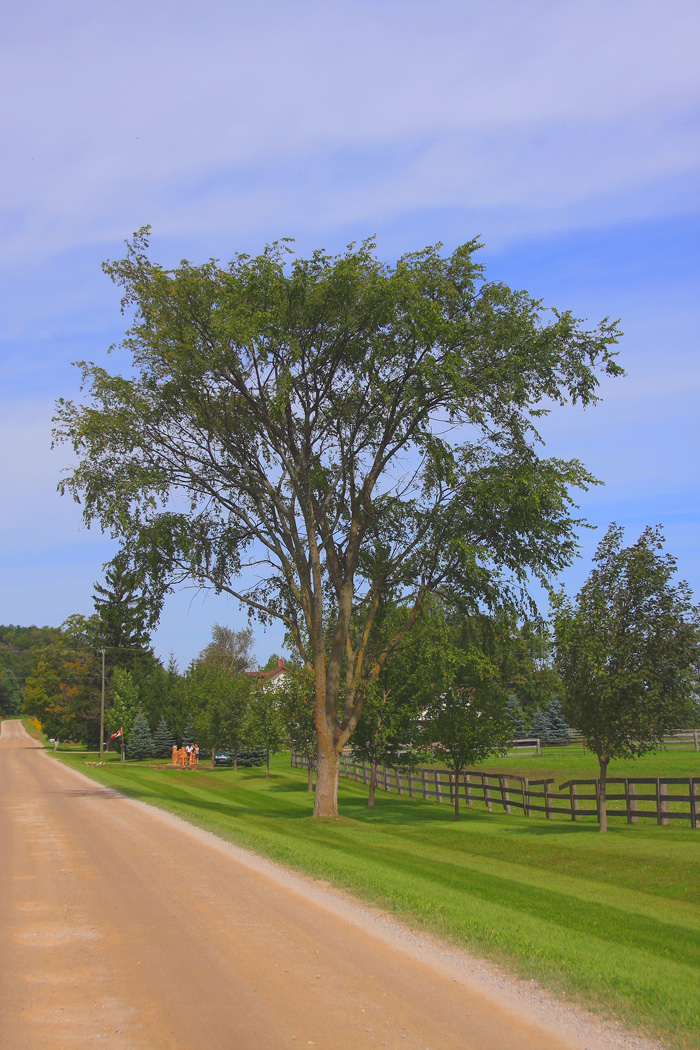






Heritage Caledon, the municipal committee responsible for providing guidance and recommendation to officials in the Town on matters relating to heritage and history, is making a start this year on consideration of ways in which concern for the heritage significance of trees might be focused.
While we already have a designation for an unusual and rare Osage Orange hedge, heritage conservation has conventionally been focused on built structures. Some landmark trees in larger urban communities have been the subject of plaques and even designation, but the matter of identifying specimens that were or are important in the historical economy of a now-largely rural community is more complex. The deterioration of living artifacts like the butternut offers none of the construction fix that can be applied to built objects. Nevertheless the identification and supporting publicity for socially important individual living tree specimens can draw attention to their plight and perhaps strengthen public support for research into disease remedies for the species as a whole.
Ian Anderson from Caledon on Apr 5, 2012 at 10:37 am |